Re-creating 3D using machine learning
I started using photogrammetry to replicate art and present it in virtual environments. Photogrammetry is a technique used to extract geometric information from photographs. It is the science of making measurements from photographs, especially for the purpose of creating realistic and authentic looking virtual representations from the original, analog sources.
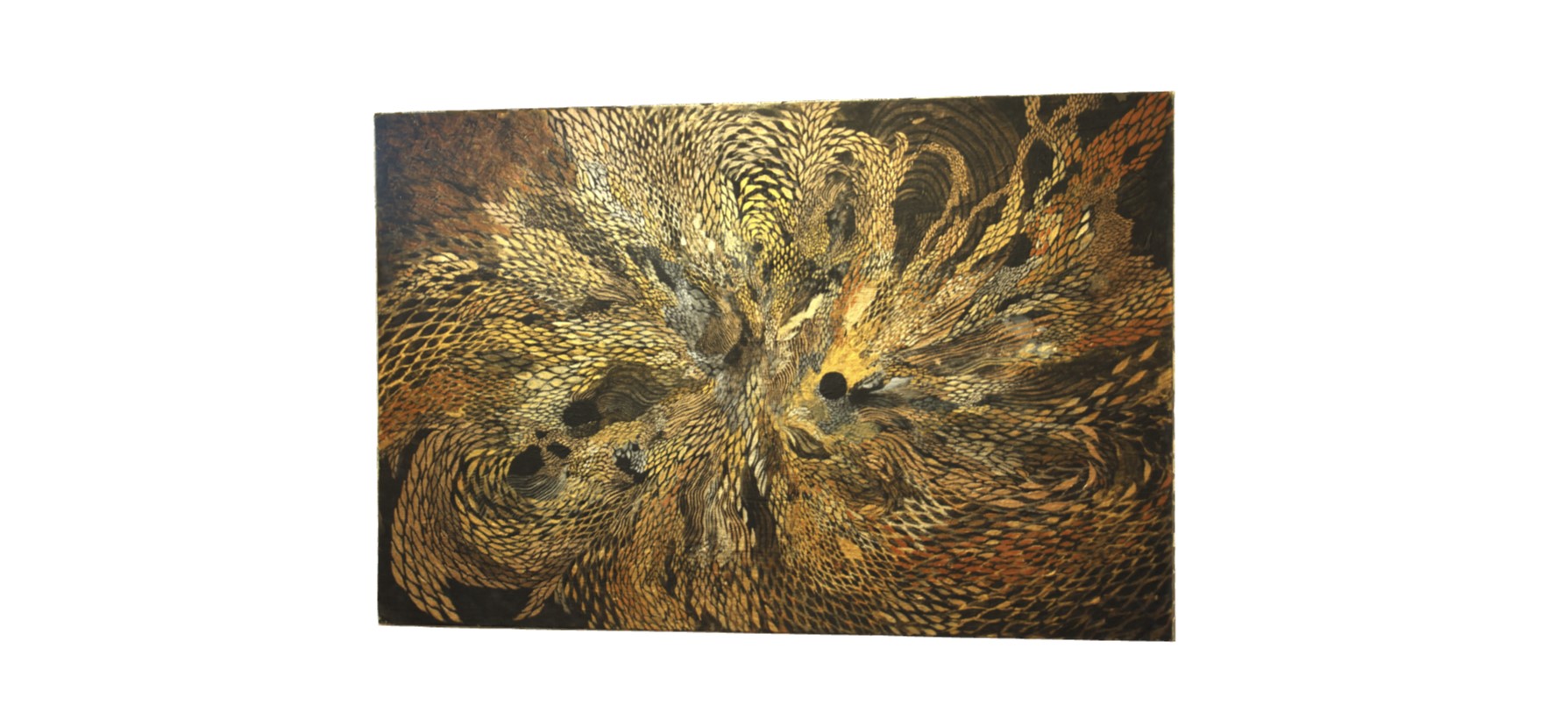
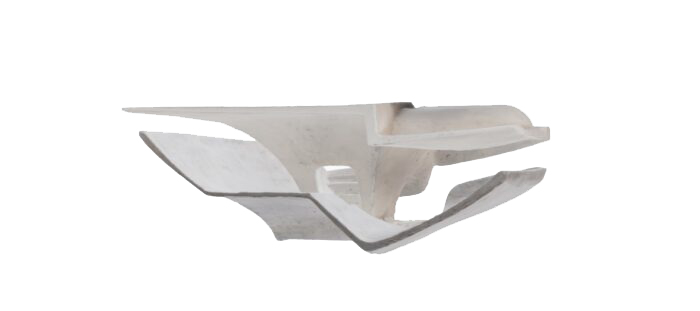
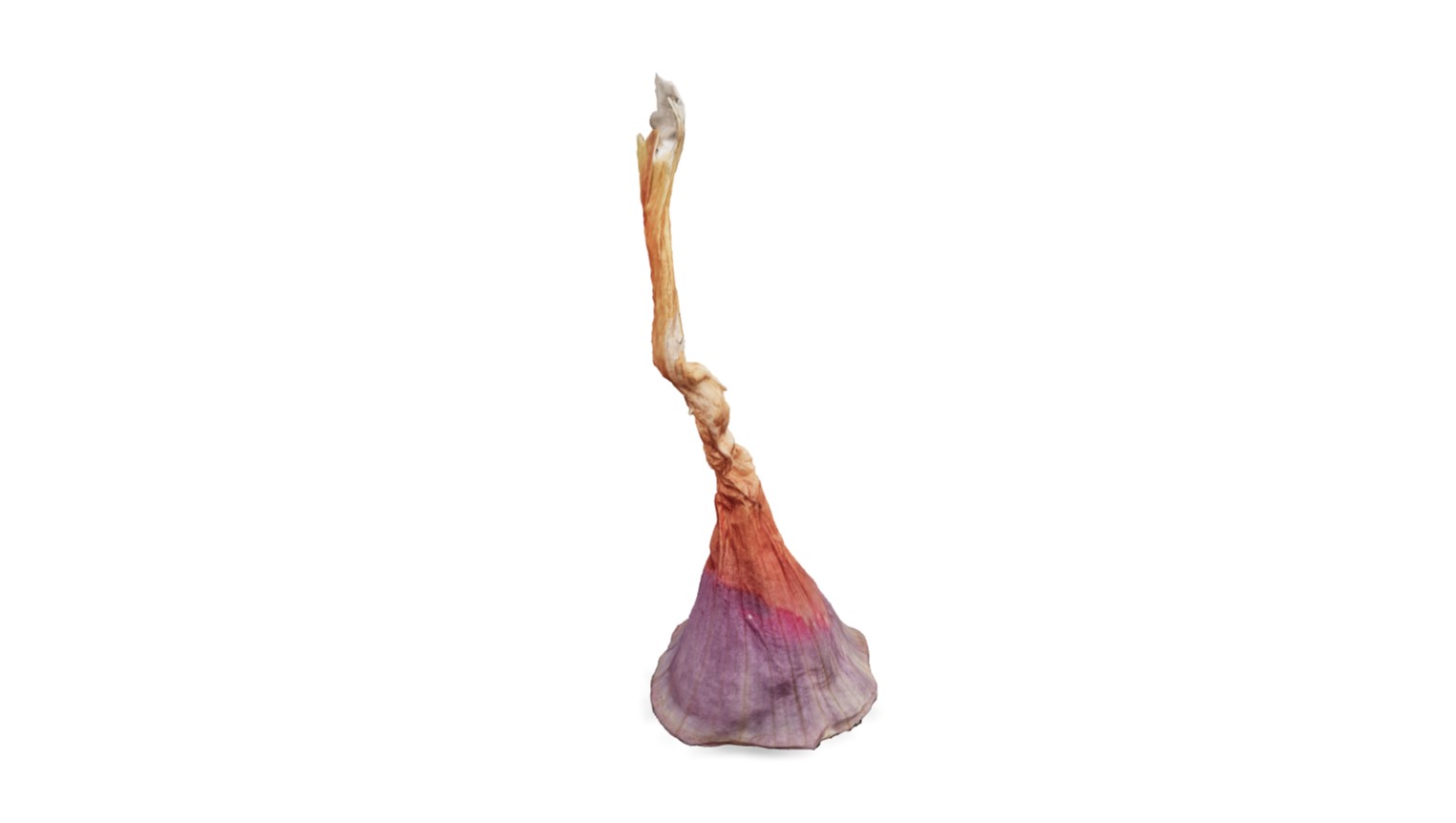
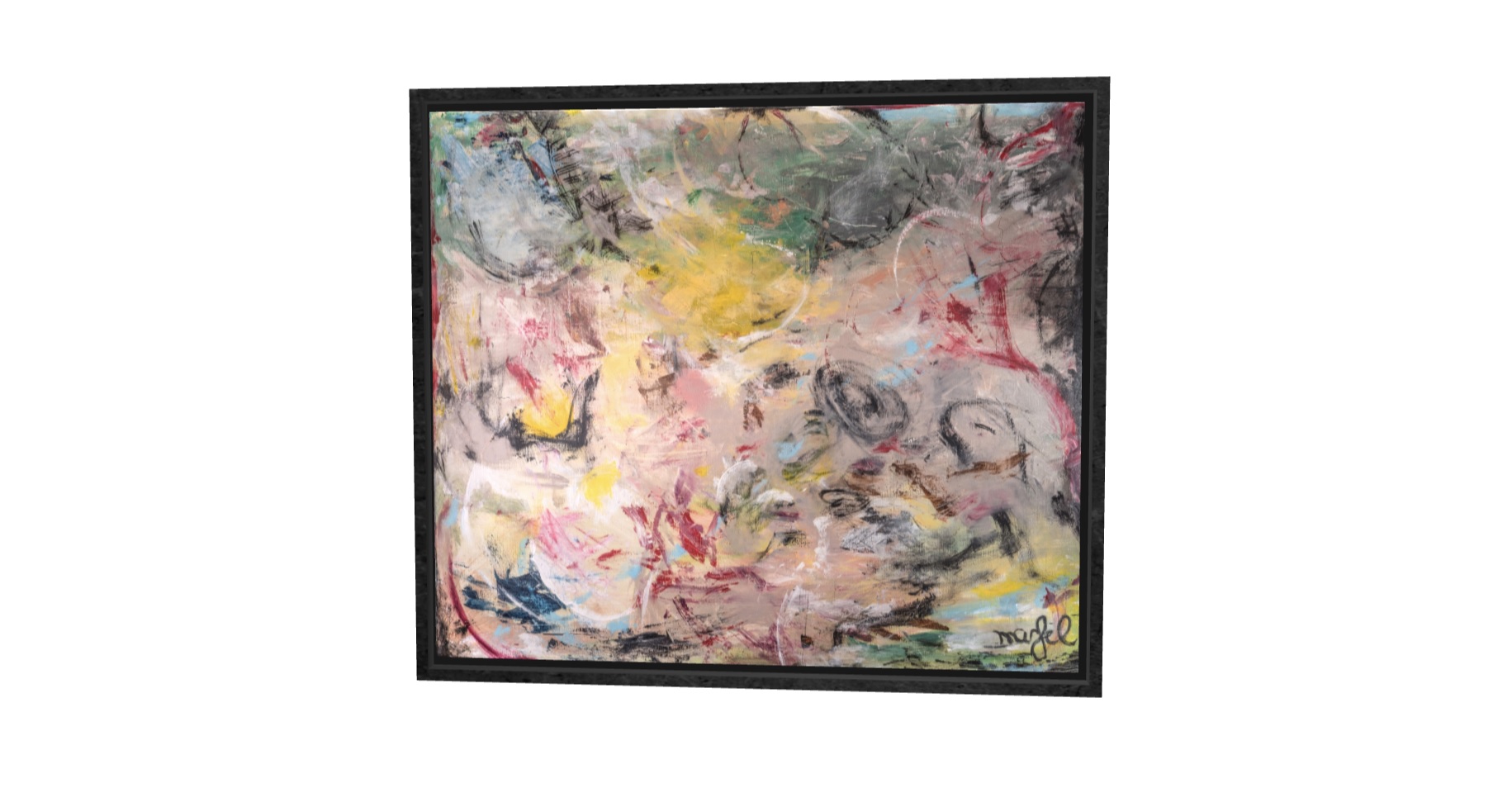
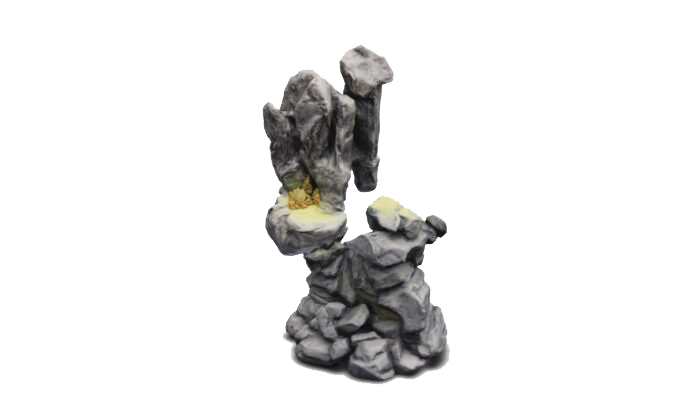
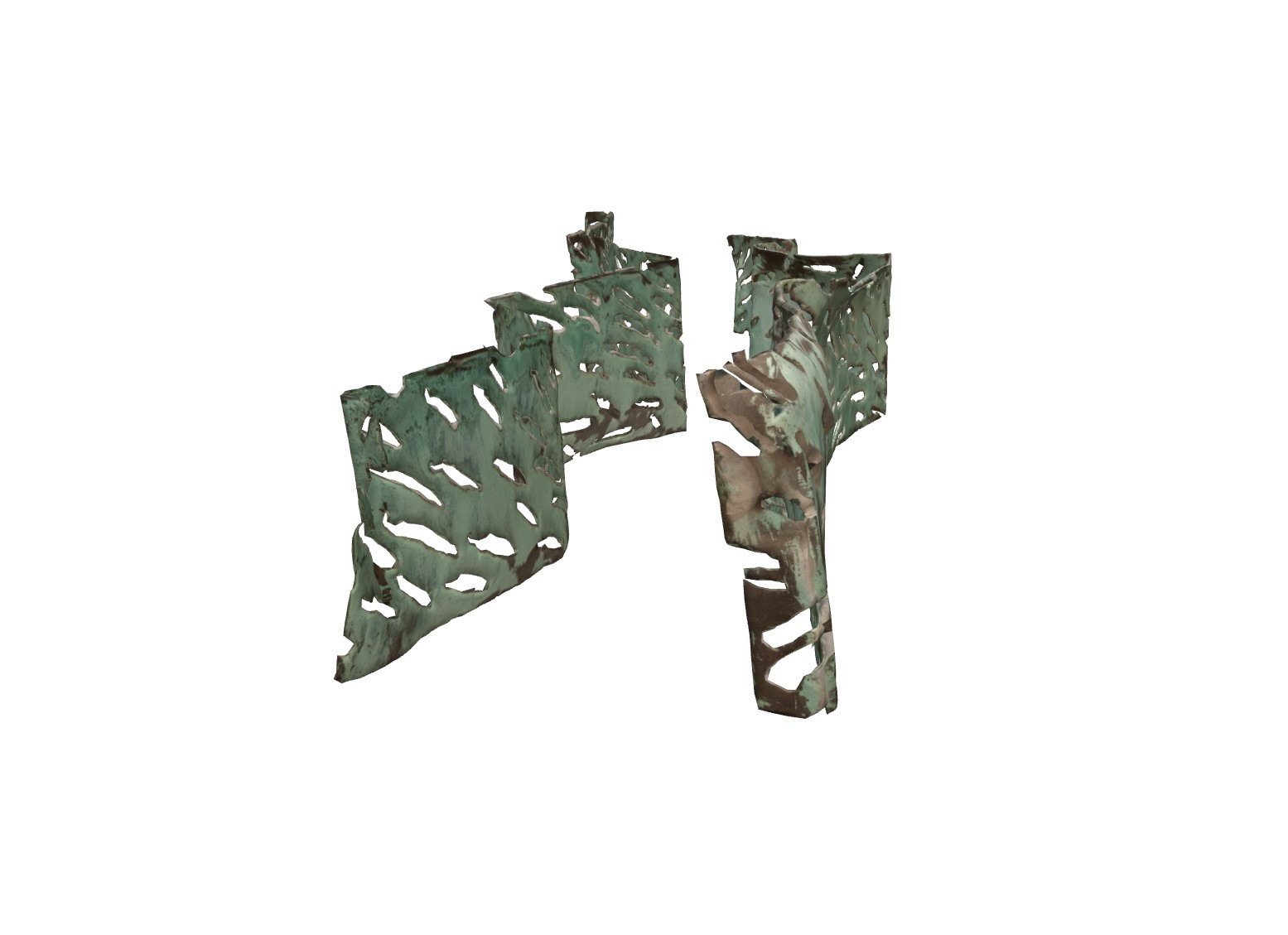
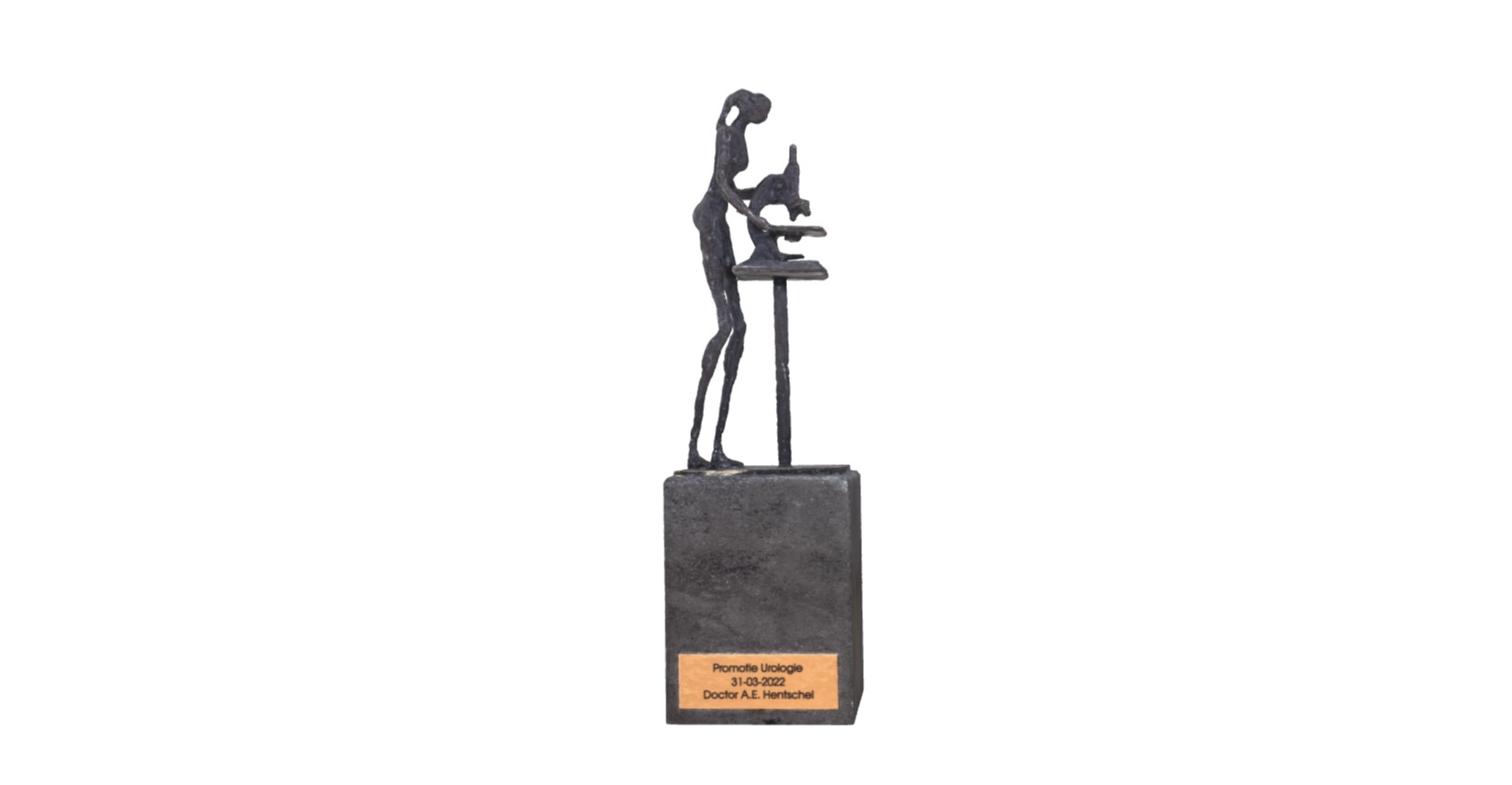
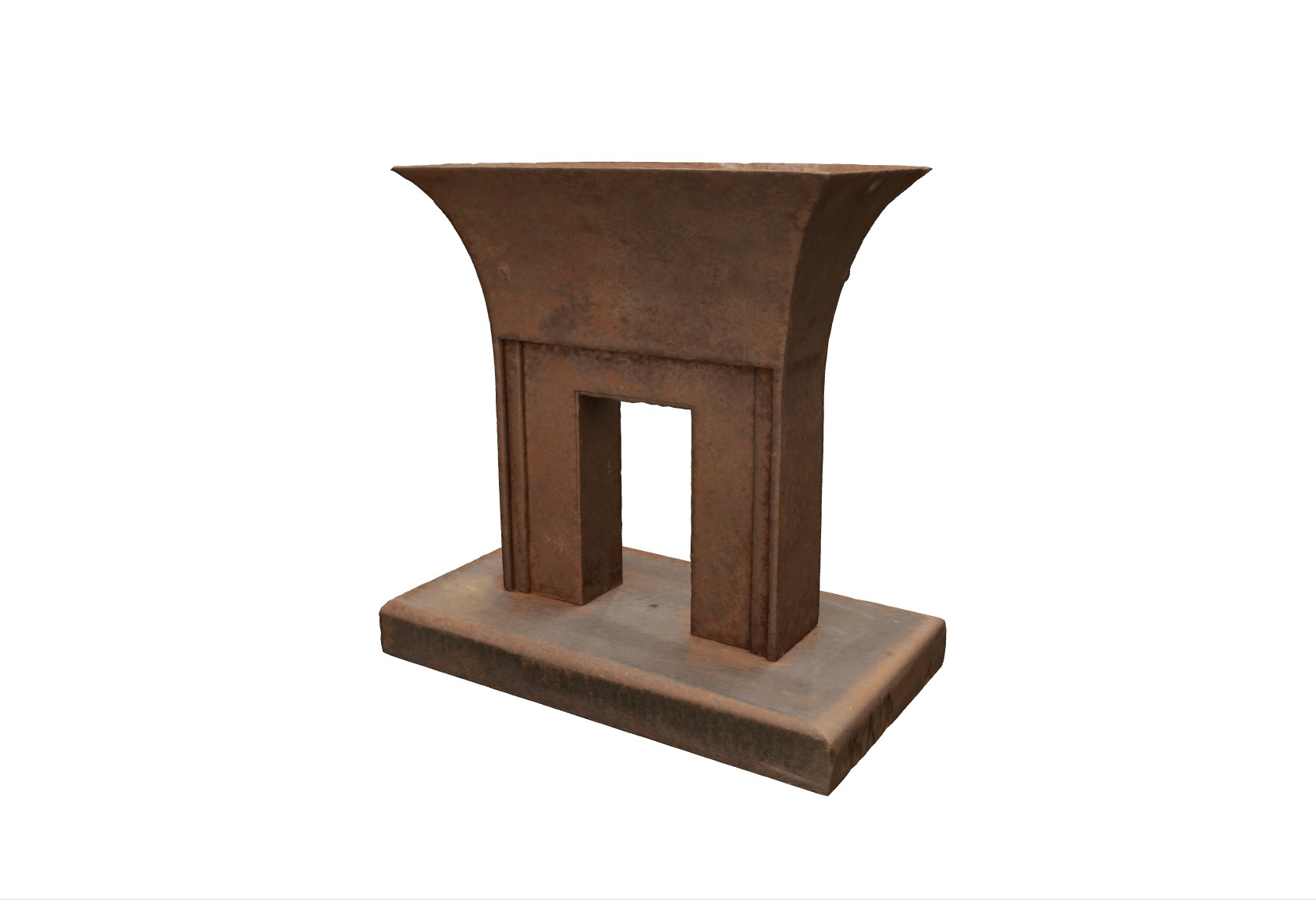
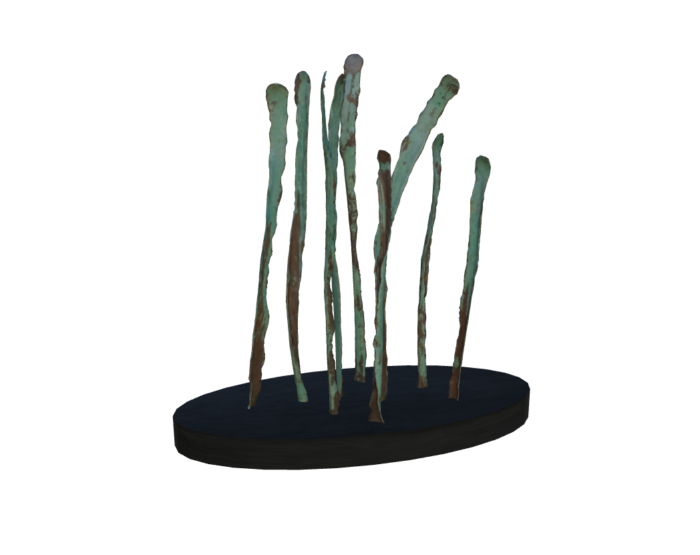
Gaussian Splattering Enviroment Models
The proces of creating 3D models:
– Preparation of the object and the lighting of the studio.
Lighting is key to a high resolution model and texture. Apply markers if needed and illuminate the object from all sides to record it properly. An accurate scan will help speed up the rest of the process and create a sharper model.
– Recording photos and creating a mesh.
Generally I shoot 2 or 3 series of 100-150 photos so that the bottom, top and sides are properly recorded and can be combined into 1 model. The millions of data points generated by the software create a model with a lot of detail.
– Polish and optimise the model.
The model size usually needs to be reduced to become practical to display on websites or AR filters. Simplifying and/or retopologizing to reduce file size and stress on hardware is key. In many cases manual pruning of the model is needed to remove any abnormalities.


